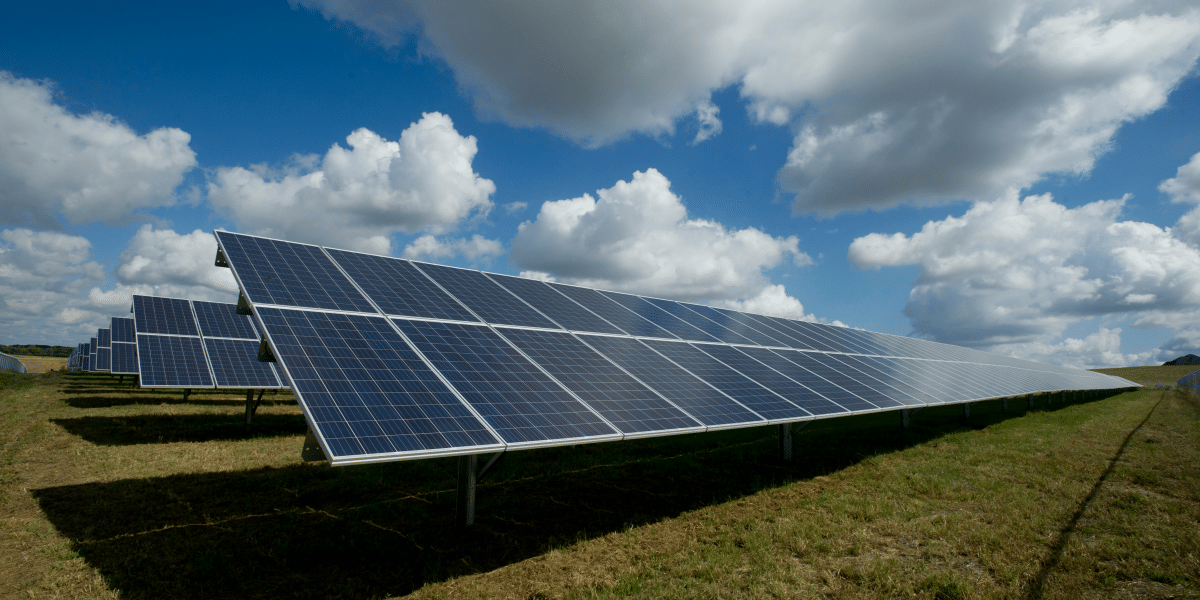By: Maria Williams
From a $100,000 electric luxury car to an $80 box for bamboo toilet paper, it’s safe to say eco-friendly isn’t synonymous with “affordable.” At the same time, as consumer interest in the environment continues to increase, demand for sustainable products is high and rising. Planet-saving products that were once available only to the richest 1% are now much more accessible to the everyday customer.
What this all means is, even on a budget, just about anyone can do their part to reduce emissions and slow climate change. Furthermore, as technologies and business models change and improve, even more people can get involved. For example, solar energy is becoming more and more accessible, and it’s even helping customers save money. Here are some reasons that solar is becoming more accessible and why more customers are using it.
Solar Leasing
If you bought a solar panel around when they were first invented, in 1956, it would’ve cost about $300 a watt. Adjusted for inflation, that figure is over $1800: an awfully hefty price tag to light up your living room. Since then, the figure has fallen dramatically, to just around $3 a watt, give or take a few. But solar still isn’t cheap: it can still cost tens of thousands of dollars to buy your own panels. That’s even after accounting for solar tax credits and other incentives.
While solar costs continue to fall, the drop isn’t nearly as steep, and they still aren’t exactly affordable. However, modern consumers can take advantage of solar energy much more cheaply and easily than ever before, by leasing solar panels. In solar leasing, an expert installs solar panels on your home, and you pay a monthly fee. There’s no money down, making leasing an incredibly accessible way to reduce energy bills and save the environment.
Different Types and Styles of Panels
Some homes just don’t have the right type of roofs to make solar paneling a realistic option. The roof might be too small, or it might not be strong enough to support the weight of the panels. Or, if you live in an apartment, you might not even have your own roof at all. You can’t exactly put solar panels on the roof of a 30-story high Manhattan skyscraper, after all. However, that’s all changing with the advent of alternatives to traditional solar panels.
While technologies are still in development, newer solar power sources like solar windows and shingles will increase solar utilization. Shingles, for example, can be used on all different types of rooftops, even when there isn’t much space to spread out. Solar windows, which can collect energy from the sun and let natural light into your house, are in the works for the future. Like solar panels, they’ll start off very expensive, but could eventually charge everyone’s cell phones.
Smaller Panels
In the coming years, solar panels will continue to take up less space and/or be lighter in weight. At the same time, advancing technologies will mean those panels can collect more energy than ever before. Small panels are already an accessible option for certain uses, and for all kinds of customers. For example, Amazon lists a wide variety of solar chargers you can use to power your laptop or phone for as little as $20-50.
One popular and extremely clever option for solar charging is to get a solar-powered backpack. Hikers, travelers, and even on-the-go workers can use these ingenious little packs to power laptops, cameras, and phones. You wear the pack on your back all day and simply walking under the sun can charge up all your devices. The premier works a little bit even when it’s cloudy, though it isn’t a bad idea to check the weather first either way.
Smart Grid Integration
One of the biggest problems with making solar and other renewable energy sources ubiquitous is that they aren’t always as reliable as conventional energy. For example, weather events or high demand may make it difficult to generate enough power. Smart grid technology could make it possible to seamlessly use solar energy in conjunction with other fuel sources. It could enable governments and power companies to switch between the two whenever needed, with ease.
In a traditional power grid, energy is delivered to customers, and power companies don’t get much information back. In a smart grid, however, sensors and smart meters open up two-way channels of communication. Smart grid tech can tell an electric company when it’s time to switch from conventional to solar power and vice versa. They can respond to sudden drops or spikes in demand, quickly manage power surges and blackouts, and optimize energy distribution.
The Sun’s the Limit
It isn’t just technology that’s going to increase solar usage and make it more affordable to everyone. The real power source behind the rise of solar energy is the shifting course of customer values. Now, more than ever, consumers are putting their money where their mouth is, when it comes to sustainability. They care about their long-term impact on the planet, and they’ll continue to support companies and technologies that pave the way for change.
The more demand rises, the more the solar landscape will see continued advancements and innovations. Solar patio umbrellas, solar headphones, and even solar-powered gardening robots are already a reality. There’s no limit to what innovation could bring when it comes to creative uses of solar energy. Sooner or later, it’s possible that nearly everyone on earth will be using at least a little bit of solar power in their day-to-day lives.
Published by: Nelly Chavez



















